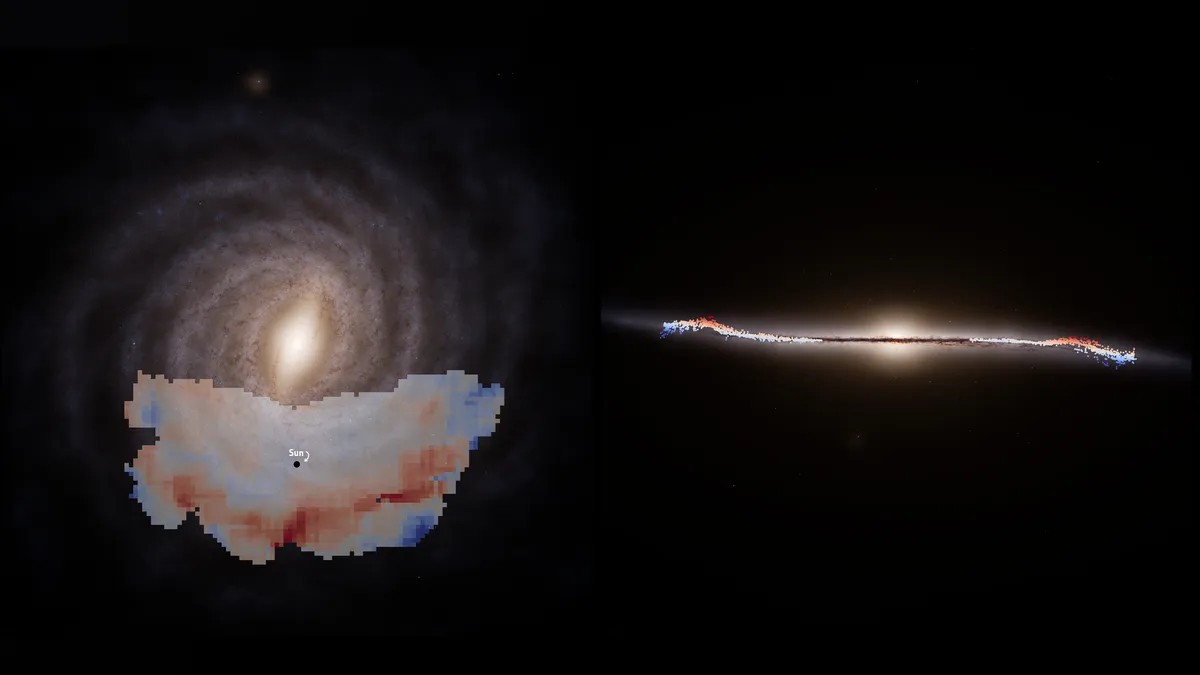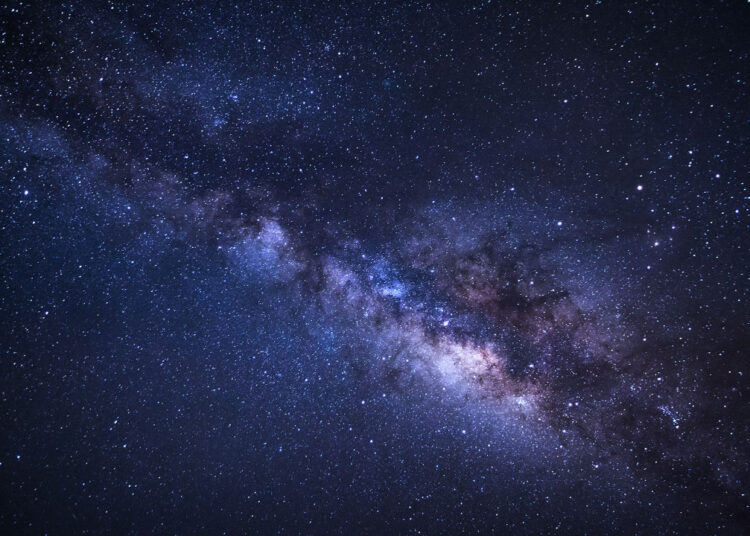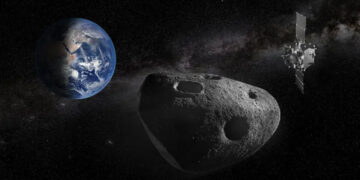While gazing at the night sky, we admire the bright band of the Milky Way; however, reality extends far beyond this visible band and features a more dynamic structure. New evidence suggests that the surface of our galaxy is not perfectly flat and exhibits wave-like motions.
Thanks to the most detailed maps from the European Space Agency’s Gaia satellite, we understand that stars in the outer regions of the Milky Way move vertically relative to the galactic plane and are not just part of a tilted disk. These motions indicate that the surface is under the influence of large-scale wave effects.

Dr. Eloisa Poggio and her team from the Italian National Institute examined approximately 17,000 young giant stars and 3,400 classical Cepheid stars, determining that these stars can deviate vertically by up to about 650 light-years. When considering the disk’s thickness to be around 1,000 light-years, it appears that this wave is powerful enough to alter the structure of the disk.
Wave activity is not limited to vertical movement; it also covers a broad area in the horizontal plane, extending at least 30,000 light-years, and in some predictions, up to 65,000 light-years. Such an extent of motion affects an area that accounts for about one-third of our galaxy.
While it is possible that the previously discovered waves are related, Gaia’s findings also indicate the presence of a new wave. Known as the Radcliffe Wave, this smaller structure spans roughly 9,000 light-years and is located quite close to Earth. Whether this new wave is related to the older structure remains unclear; however, similar origins are considered possible.
Researchers suggest that a satellite galaxy interacting with our galaxy could have played a role in the formation of this wave. Computer simulations show that intergalactic gravitational forces could trigger such large-scale structural changes. Poggio summarizes the nature of the study: “We cannot be certain yet because this work focused only on describing the observed motions. However, a plausible scenario suggests that these waves may have formed as a result of interactions with another galaxy.”
The map is being redrawn even though the official Gaia mission has ended, and the analysis of the collected data continues. This dataset, covering the positions and motions of hundreds of billions of stars, provides the most detailed map of the Milky Way to date. In the upcoming fourth data release, the Gaia team aims to better understand these dynamic motions, especially through more precise measurements of variable stars, reinforcing the understanding that our galaxy is not merely spinning but is a dynamic and inclined disk.
This study was published in the Astronomy & Astrophysics journal.









